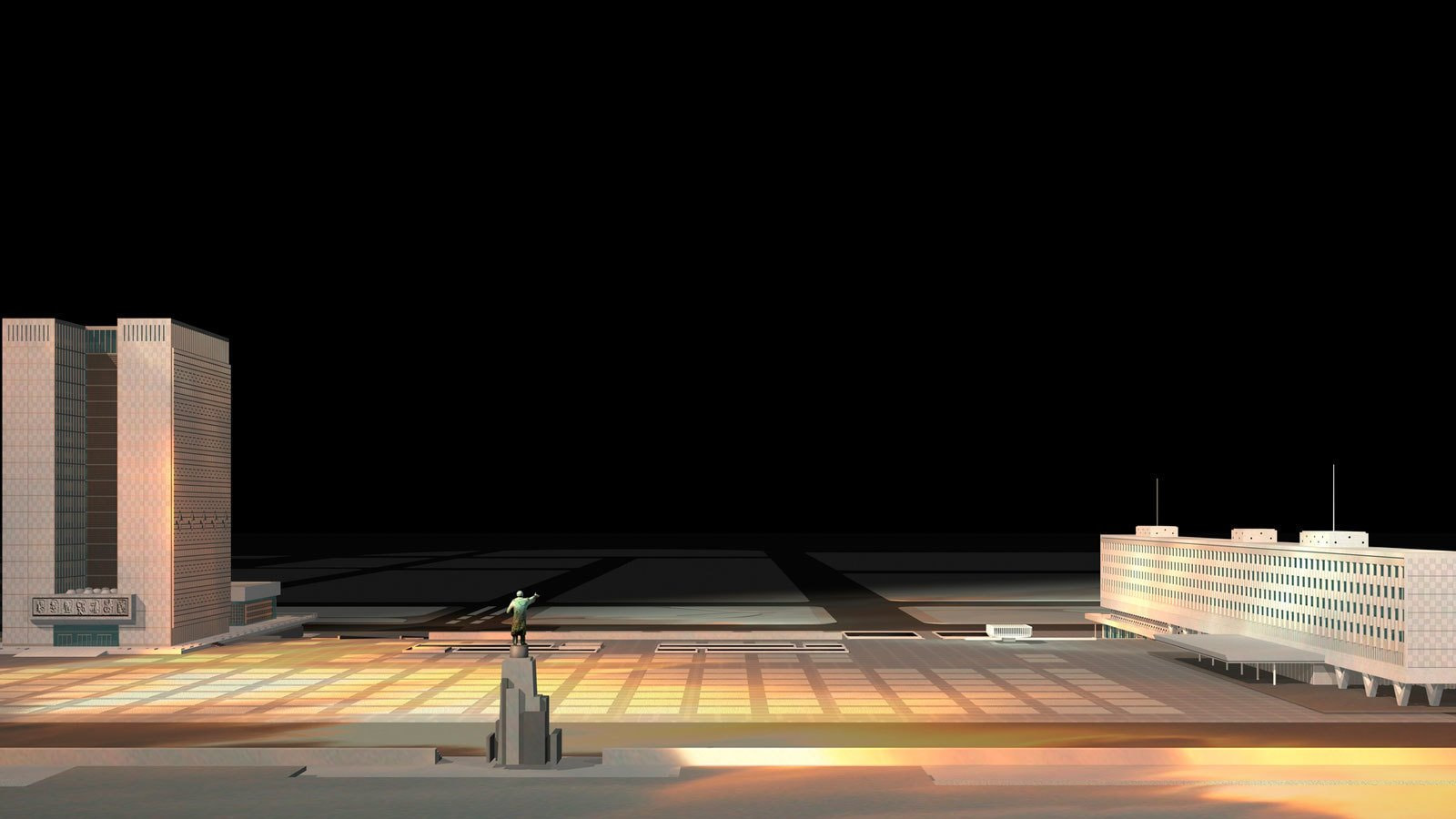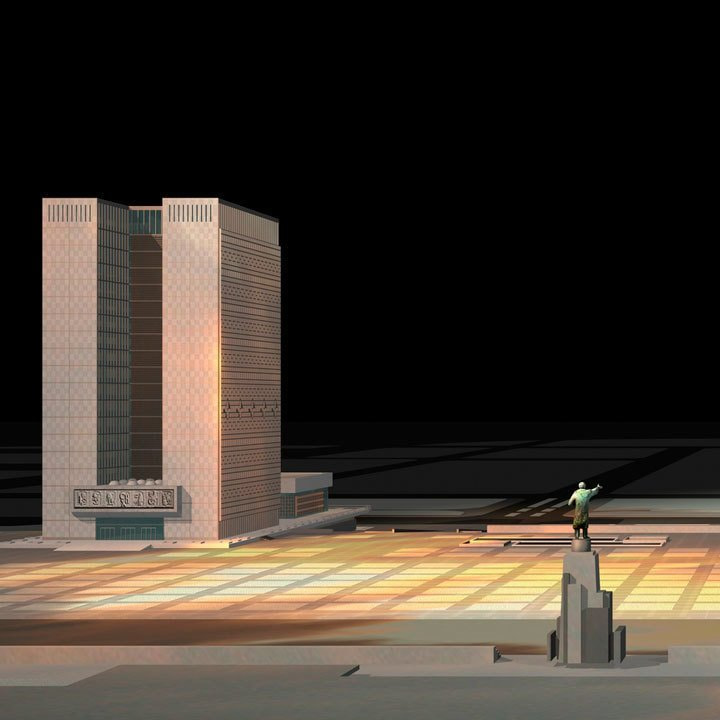Each term designating a political condition has at least two dimensions: the design-level and the historical. In this sense, the Soviet included concepts of building a “new society,” while also incorporating state capitalism and the shadow economy, neocolonialism and local nationalisms, technocracy and the GULAG, departments of scientific communism and “anti-Soviet” circles. As a project, postmodernity demanded the annulment of all kinds of power hierarchies, while as a historical phenomenon it turned out to be permeated by new, more sophisticated forms of domination and hierarchies. In this context, the specifics of the post-Soviet were based around the idea that it had no design content. All that was remained was the historical reality of the collapse of the Soviet.
The collapse of the Soviet was integrated in the global discourses of the 1990s and 2000s, meaning its protagonists found themselves dependent on stakeholders to such an extent that the latter could easily be defined as genuine protagonists, and vice versa. In particular, this refers to Western academic institutions focused on “post-Soviet studies” and international art foundations and curators, who inspired, financed, and coordinated the development of the post-Soviet. However, the substance of the post-Soviet remained fluid: along with “progressive nostalgia,” which fed the neo-Soviet projects of the “new leftists,” it included a set of diverse local mythologems. For example, a typical postcolonial phenomenon—the search for “shadows of forgotten ancestors” initiated by former Soviet people in all republics of the ex-USSR—became a characteristic trend of the post-Soviet, even though the new mythologems of each of these countries differed.
In this paper we will trace the transformation of post-Soviet Central Asia into a subject of study and artistic representation, investigate who instigated, funded, and materialized its key projects, and how art communities evolved over time, influenced by interested parties and their primary consumers. We will provide a nuanced understanding of the constructive nature of the post-Soviet, allowing us to see clearly the simulative character of its modern-day neo-imperial reincarnations.

